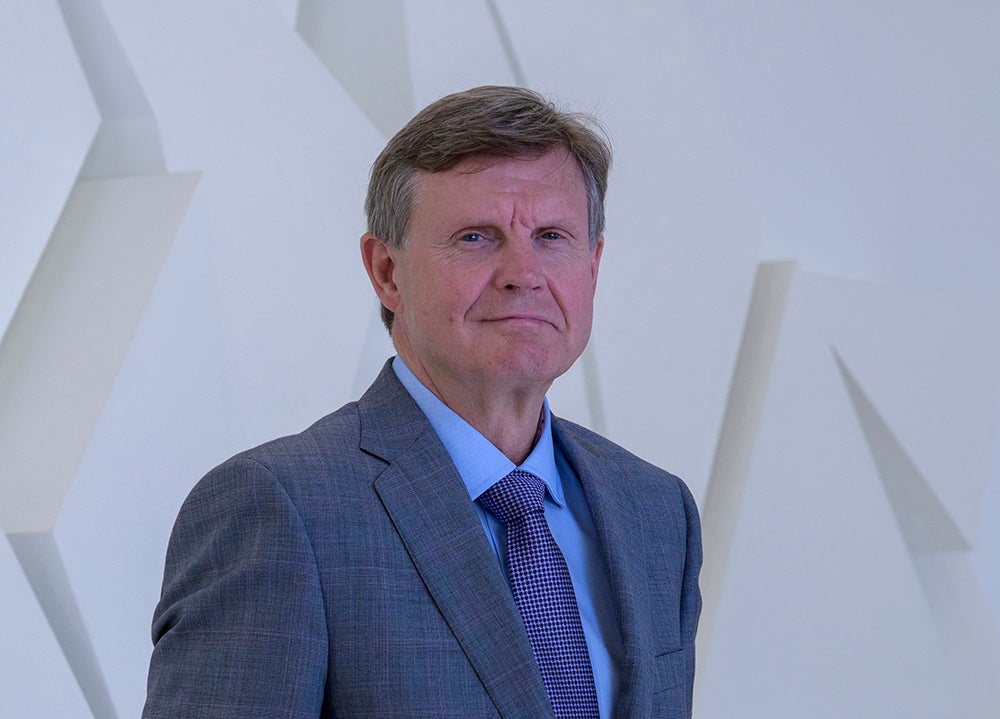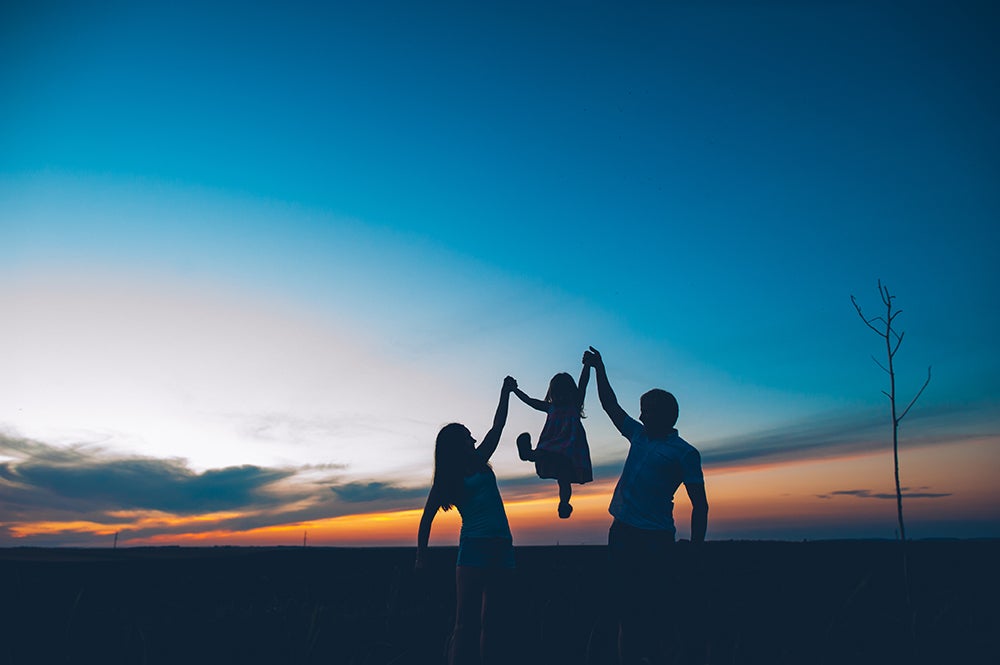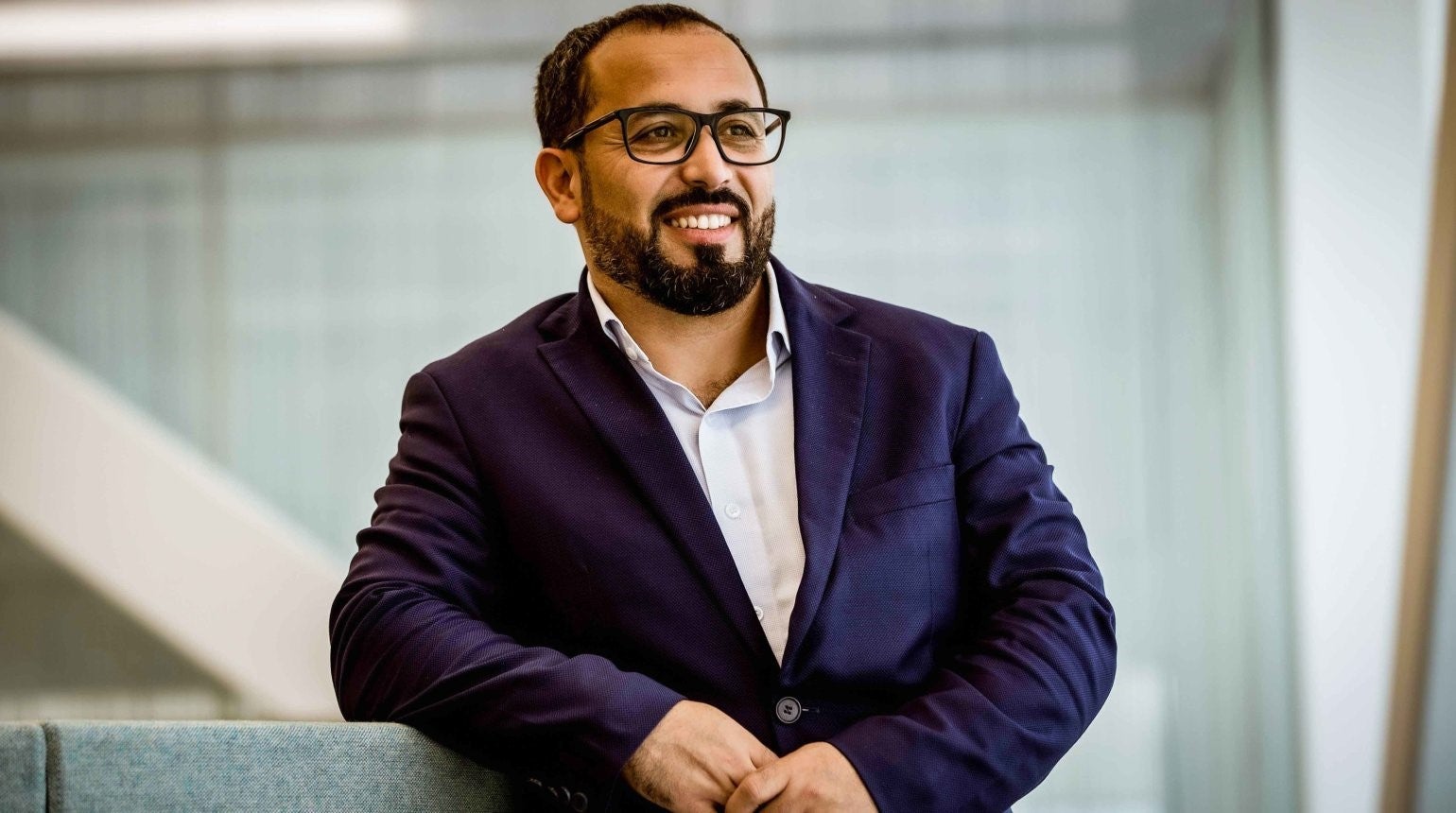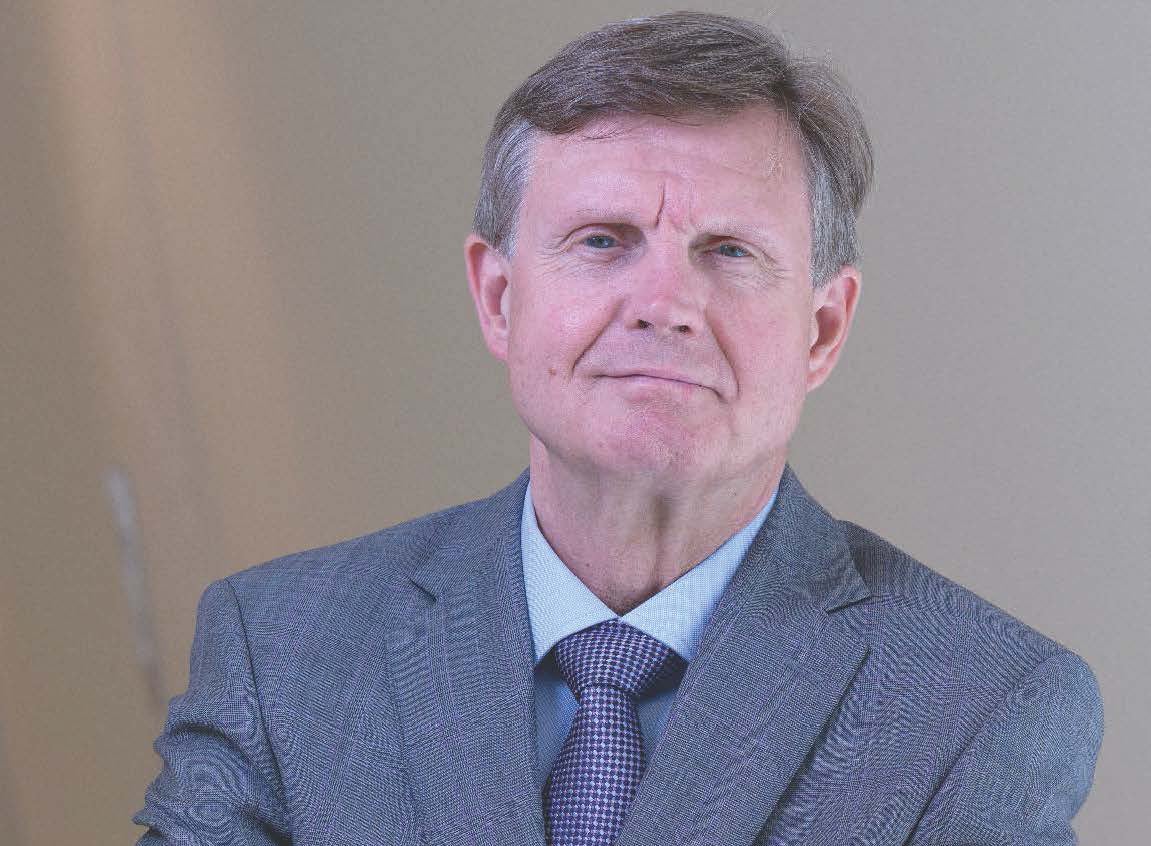Logan Cochrane, Associate Professor, College of Public Policy, Hamad Bin Khalifa University
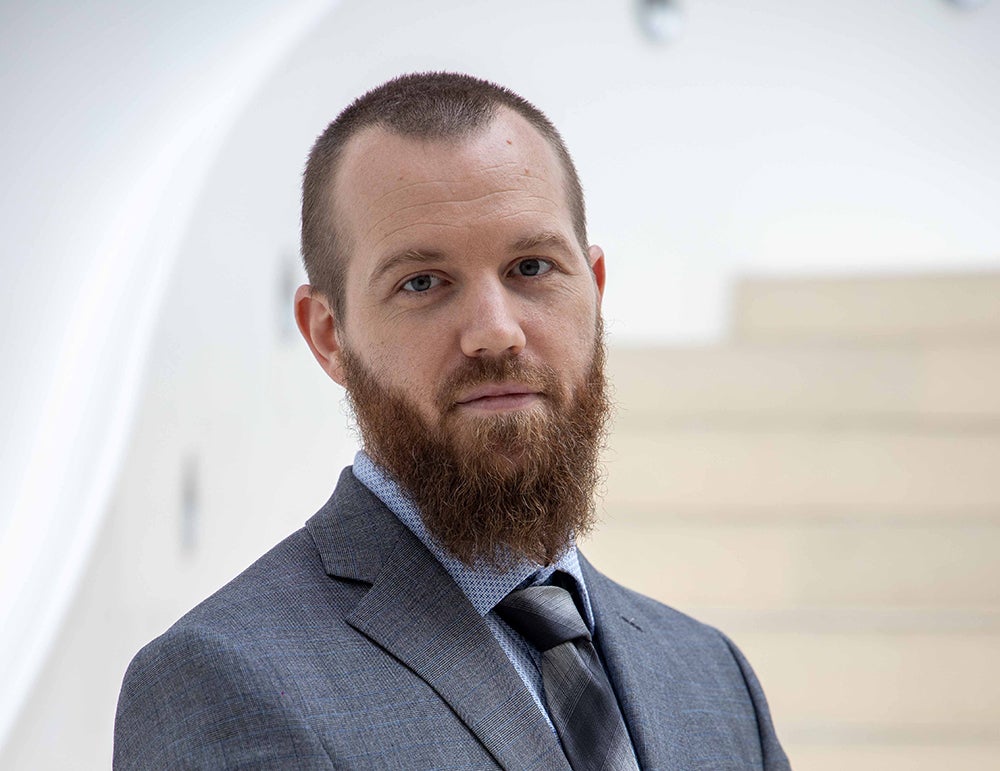
When vaccine approvals were announced towards the end of 2020, it was like a breath of fresh air. Mass campaigns started shortly thereafter. We started to think about life post-COVID-19. For many people around the world, however, 2021 could be much worse than 2020. For example, areas in southern Africa are preparing for third, and even fourth, waves of the pandemic in 2021. Despite multiple vaccine trials being conducted in South Africa, in order to determine the safety and effectiveness of the vaccines, the country is not expecting to be able to provide vaccines for even a quarter of its population within the next year. Elsewhere, there are gasps of desperation as vaccine hopes are pushed into 2022.
Making the pledge
How did this happen? Did we not collectively make a pledge in the Agenda 2030 and with the Sustainable Development Goals to ‘leave no one behind’? A key reason this happened is that governments are making efforts to serve their citizens and revive their economies. Some countries made advance purchase commitments for vaccines, even before they were approved. Because of global vaccine production limitations, it is estimated that the next six to nine months of vaccine supply have already been taken. COVAX, the international effort to ensure global access to COVID-19 vaccines, is a positive step. The COVAX Phase 1 goal is to provide vaccines for 20% of the population in low- and middle-income countries. However, COVAX remains under-funded and the head of the World Health Organization has warned of ‘catastrophic moral failure’.
Back in southern Africa, we are hearing in the international media that there are economic and cultural barriers to vaccine roll outs. These challenges, however, did not prevent the vaccine trials from running at record pace, enabling approvals to occur. When selecting South Africa as a nation to conduct clinical trials of multiple vaccines, we did not hear about cultural barriers. We are only hearing about them now, after the vaccines have been shown to be safe and effective, alongside justifications explaining why large parts of the world are not getting vaccines.
Vaccine hindrances
Plenty of obstacles stand in the way of a more just distribution. Many low- and middle-income countries do not have the financial might or political clout to push themselves to the front of the line. Rural parts of southern Africa will face challenges ensuring vaccines are kept at extremely cold temperatures throughout the supply chain, as is required by some of the currently available vaccines.
We are beginning to see travel routes re-opening, as epidemics are managed and vaccination campaigns take place. For those left behind, however, it is likely that they will experience more (and prolonged) restrictions. Some people will be closed out and closed in. You may need a pass to move around, much like the pass laws of apartheid South Africa that kept certain people locked out and locked up.
The case of Malawi
Paul Mkanadwire, Shazia Sadaf and I recently wrote about the COVID-19 epidemic in Malawi, in the African Geographical Review. Malawi was heavily impacted by the HIV epidemic. Looking back at lessons learned from the past, we find that COVID-19 is following similar epidemiological patterns as HIV did. The legacies of colonialism and Western-imposed Structural Adjustment Programs contribute to the systemic fragilities that turn health emergencies like COVID-19 into humanitarian disasters. As I write, the people of Malawi are in mourning as two cabinet ministers of the Malawian government passed away due to COVID-19.
Malawians, and people throughout low- and middle-income countries more broadly, are hopeful that they too may receive a vaccine. They watch vaccine campaigns beamed into their homes on television. There are indications, however, that even the hopes for vaccines in 2022 may be complicated by a second wave – not of COVID-19, but of demand for vaccines. Why might this be the case? The CEO of Moderna said recently that the vaccine will provide “protection potentially for a couple of years.” What happens in 2022 if new vaccine supplies are needed again?
There may be another reason why those hopes could be dashed: as the number of COVID-19 cases increases globally, there are possibilities of mutations leading to new variants of the virus. Current vaccines are able to address some mutational changes and still maintain effectiveness. What if new vaccines are required to address emergent strains? The poor are likely to be left behind, yet again.
SDGs for all
The United Nations’ Sustainable Development Goals set an objective of ‘leaving no one behind’ and ‘starting with those most behind’. We are watching as those objectives are thrown aside with the rise of vaccine nationalism. This has been enabled by what Branko Milanovic, an economist best known for his work on income distribution and inequality, calls the ‘citizenship premium’, the inequality afforded to us all by virtue of birthplace combined with the inequalities of being able to acquire new citizenships. Others experience the penalties of being poor.
Transforming the status quo scenario of global inequality requires radical transformation, re-envisioning the value of people, for who they are and not what passport they hold or what status they have. We are not in need of new ideas per se. The philosopher Achille Mbembe writes of universal experiences, including our right to breathe, that can act as a unifier of our collective humanity; a prophetic tradition analogies humanity to a body that feels the pangs of pain emanating from anywhere in the collective, demanding action. What is needed is our embodying and enacting of these ideas. Bold and courageous leadership is required to point us in new directions, and into new horizons.
Related News
